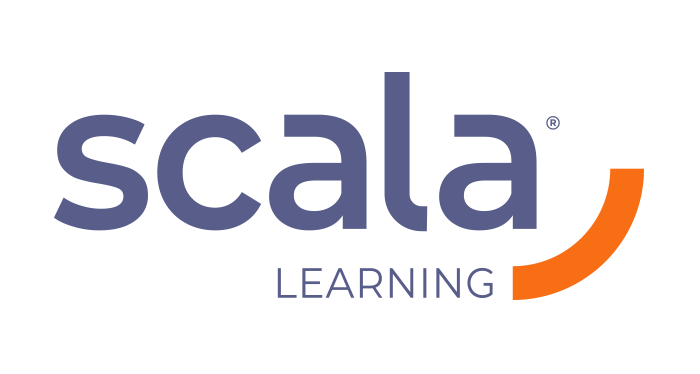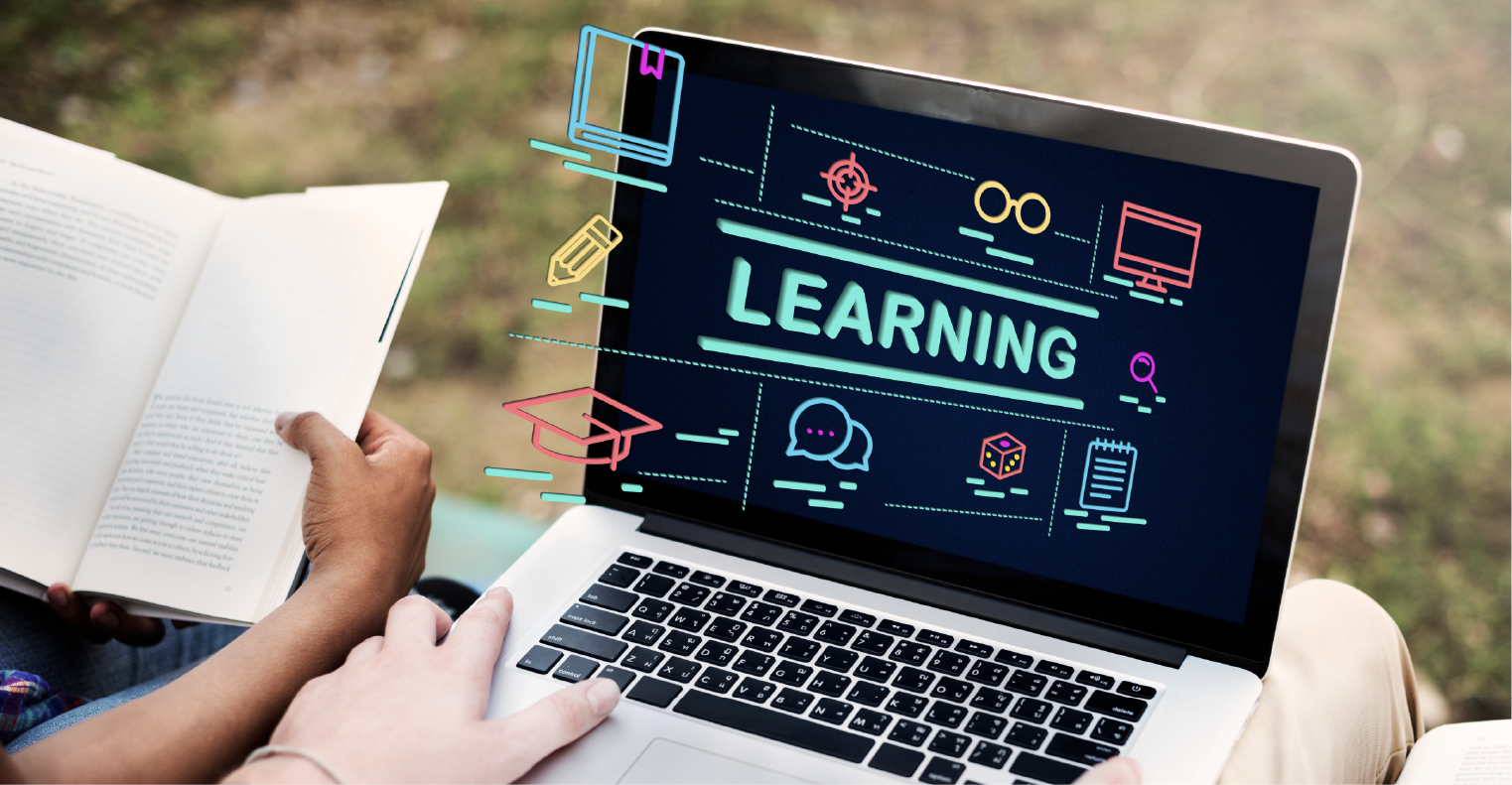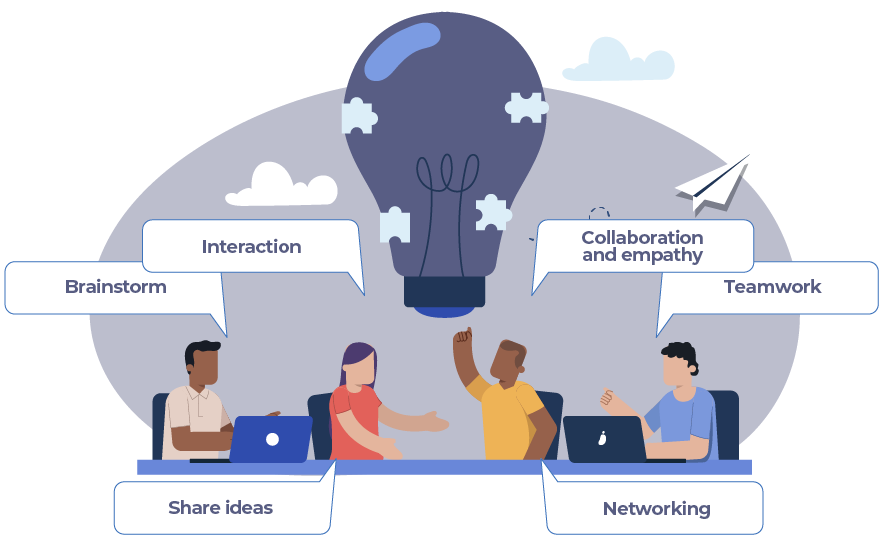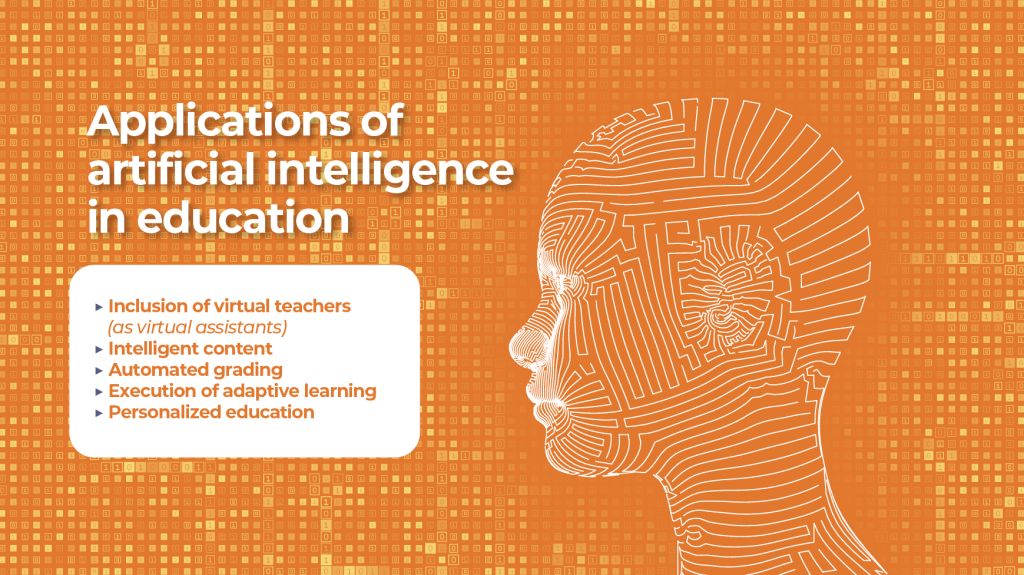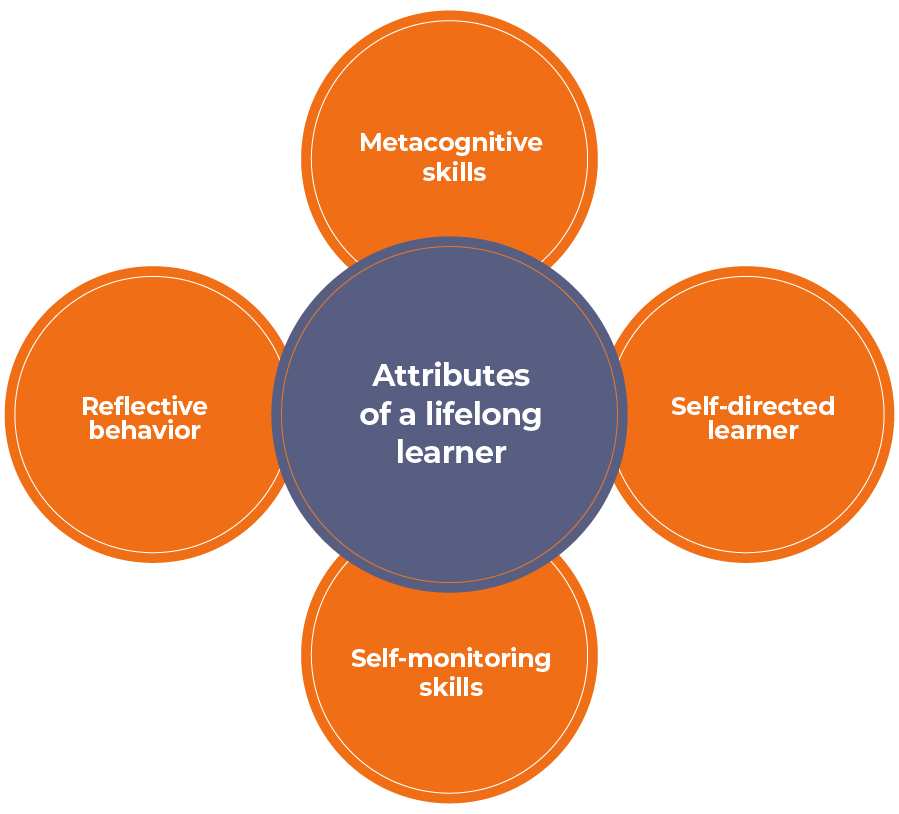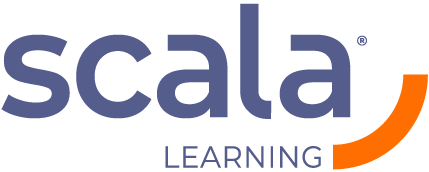
Content chart
- Teaching methodologies
- Learning experiences
- Learning processes
Join the educational trends for 2023
Among the key challenges facing institutions committed to virtual higher education are two that are directly related. The first is to understand the market context and be part of the educational trends in order to develop a competitive educational portfolio based on these trends. In this article, learn about the 2023 education trends to develop strategies that will make you one of the most competitive higher education institutions in your country or even the world.
Trends are dynamic and, although these processes of change are in constant renewal, some behaviors, services and products arrive while others remain for quite some time and even many that had remained in the past re-emerge and in the education sector this is not an exception. The following are the most relevant virtual education trends for 2023 in terms of methodologies, experiences and learning processes.
Here we explain you why virtual education is the education of the present and the future.
Teaching methodologies:
Learning by doing:
Learning by doing is a pedagogical method based on the idea that we can learn more about something when we perform actions related to that subject. Its benefits include the development of competencies and skills
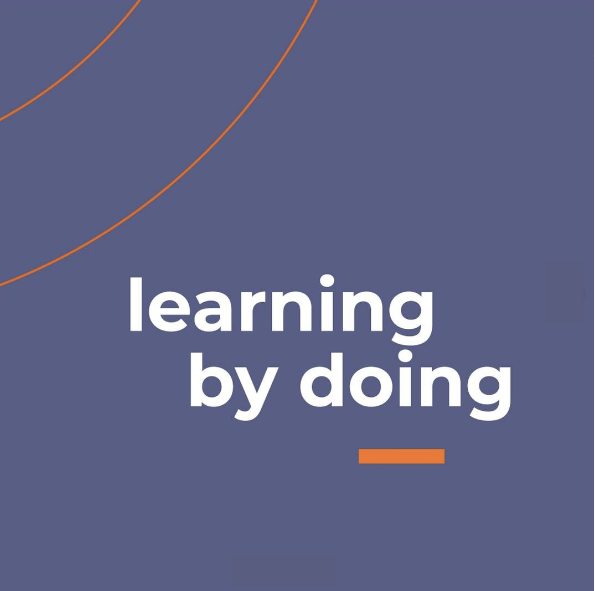
Learning Outcomes:
Learning outcomes emphasize the application and integration of knowledge, rather than focusing on coverage of the material. Learning outcomes articulate how students will be able to use the material, both in and outside of the classroom.
Scala Learning has developed a webinar that you can view below to learn more about this topic:
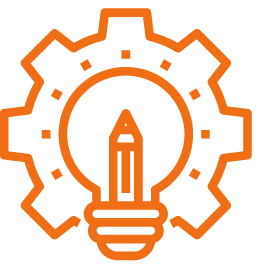
Hybrid learning:
Hybrid learning: also known as blended learning, is an approach to education that combines online educational materials with traditional face-to-face classroom methods. It is neither entirely virtual nor entirely digital. It requires the physical presence of both teacher and student, while giving the student some control over time and pace. The virtual elements should complement the face-to-face elements. Hybrid education doesn’t mean a face-to-face conference followed by hours of digital homework, but rather virtual materials on dedicated platforms that contribute to the subject matter covered in the conference, combined with forums, whether virtual or face-to-face, that allow for reflection on the knowledge acquired.
Design thinking in education:
Sam Seidel, director of K12 strategy and research at Stanford’s d.school, a leader in design thinking, explains that design thinking is a way to apply creativity to complex challenges. Students learn to empathize with the people they are trying to help, design solutions, test and refine them, and accept failure as a learning opportunity.
Adaptive learning
Adaptive systems can support changes in the role of the instructor, enable innovative teaching practices, and incorporate multiple content formats to support students according to their learning needs. Its main goal is to provide students with an effective and personalized path; to do this, adaptive learning uses data to adjust the path and pace of learning, allowing it to achieve personalization efficiently.
Learn more about educational marketing, its benefits and features in our article Educational marketing
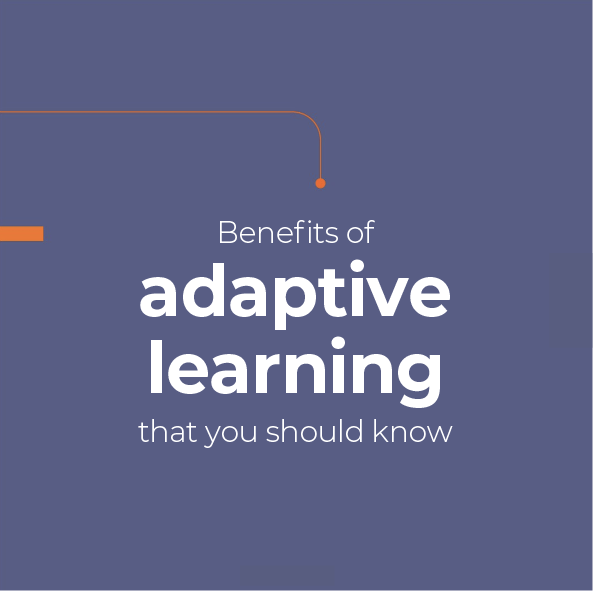
Learning experiences
Collaborative learning:
In the collaborative learning approach, students are grouped together to solve problems, complete assignments, or develop projects together. Collaborative learning thrives in a social environment where learners can talk to each other through collaborative classrooms. In this way, students can argue their points, consider new ideas, understand other people’s points of view, and gain a better understanding of a topic rather than working individually.
Gamification
This strategy incorporates game-like elements into academic activities to increase engagement and motivation. Gamification provides an engaging experience to make education more enjoyable, fun, and productive. Games use mechanisms such as points, leaderboards, and trophies to encourage players to continue investing time. Implementing these mechanics encourages intrinsic motivation, which is the desire to do something out of interest in the task. This type of motivation leads learners to genuinely enjoy the subjects they are studying.
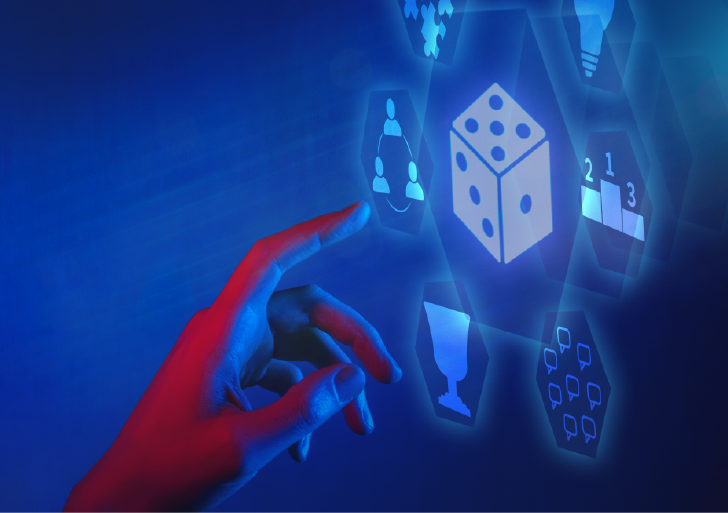
EdTech
It’s about using available technological advances to enhance the educational experience. The main goal of EdTech is to enhance the academic experience by looking at the traditional classroom format and finding ways to improve it using digital technology. Some trends related to the incorporation of technology in education include
Augmented and virtual reality:
Estas tecnologías emergentes pueden brindar a los estudiantes la oportunidad de practicar el conocimiento en entornos simulados. También, pueden ampliar temas o ejemplos enriqueciendo el proceso desde lo visual, abarcando un campo que los libros de texto simplemente no pueden.
Mobile learning:
Refers to the process of learning over the Internet or web using personal mobile devices such as: smartphones, tablets, laptops and digital notebooks. Its advantages include flexibility; you learn when you want and from wherever you are; it allows each lesson to be broken down into smaller and more digestible chunks; it encourages collaborative learning; it is cost-effective; and students need fewer resources to access it once they have the mobile device.
Artificial intelligence in education:
La IA no solo es un beneficio para cerrar las brechas de desigualdad que existen en la educación, además proporciona herramientas al docente para que automatice procesos realizando calificaciones automatizadas, gestión de aulas a través de digitalización de la gestión, aprovechamiento de contenidos digitales y haciendo uso de datos para la toma de decisiones, entre otras.
At Scala Learning we know the trends, this allows us to identify the academic, economic and technological moment in each country and each market, and thus recognizing the best opportunities at the ideal time. We are an OPM with great experience worldwide, become one of our partners HERE.
Microlearning
Refers to small learning units or short-term learning activities. It provides short bursts of content for students to study at their convenience. Content can take many forms, from text to fully interactive multimedia, but it should always be concise.
Microlearning
It is to provide learning through short pieces of content.
Benefits
Student-centered approach.
Increases knowledge retention.
Less time allows learning on the road
Improves motivation
Referencias
https://trueconf.com/blog/reviews-comparisons/hybrid-learning.html
https://projects.iq.harvard.edu/files/hgsetll/files/designthinkingeducation.pdf
https://dschool.stanford.edu/team-members/sam-seidel
https://blog.nivelat.com/adaptive-learning-aprendizaje-adaptativo-a-tus-necesidades
https://www.unesco.org/en/education/digital/artificial-intelligence
